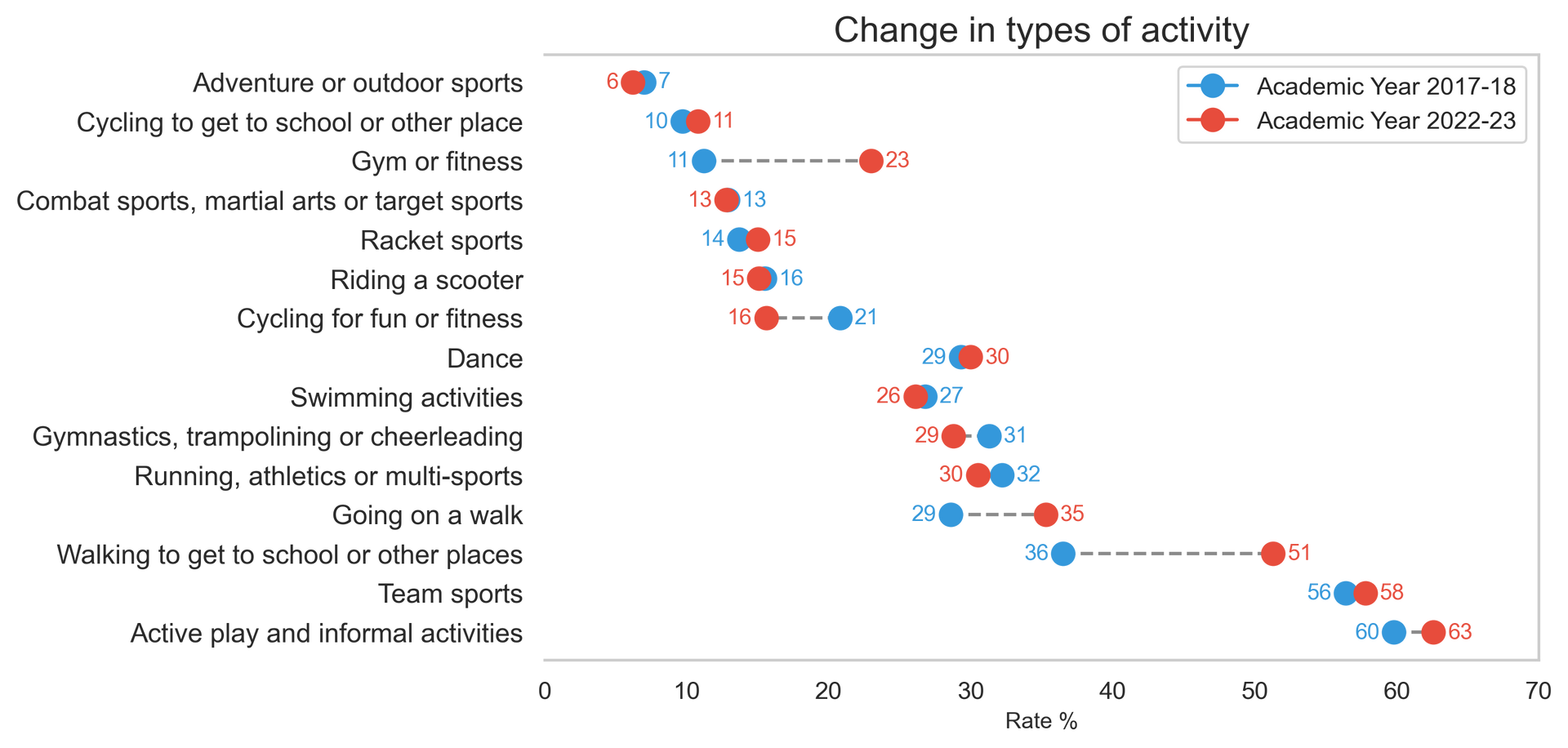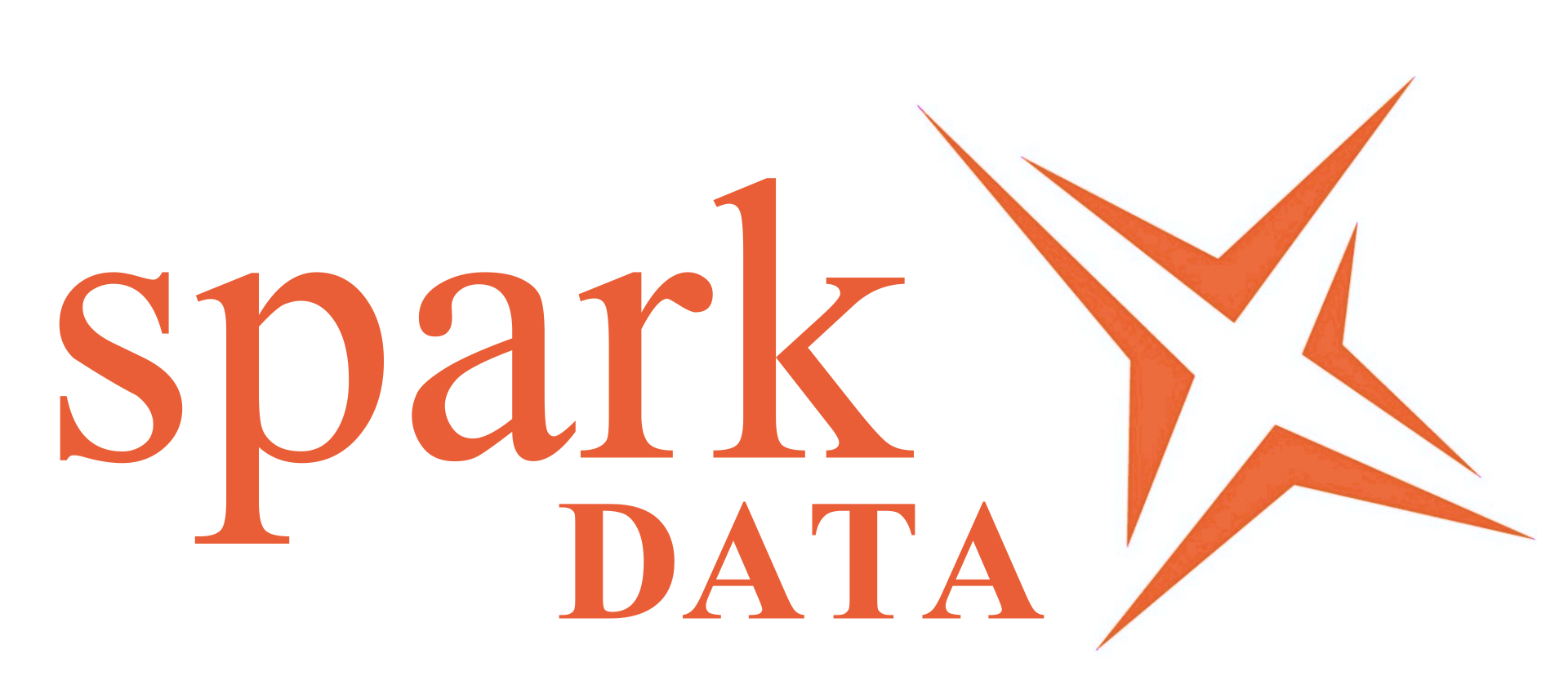Sporting activities on the up
Active Lives Survey reveals the activities that have grown participation the most
Sport England has recently published the latest wave from its Active Lives survey for children and young people, 2023. In this article we look at activity rates overall and the sports that children and young people are increasingly participating in.
Overall levels of activity.
The map shows the percentage of year 1-11 pupils who said they were active or fairly active in their lives. Active is defined as doing activities for 60 minutes or more a day and fairly active as doing activities for 30-59 minutes a day.
Map showing the combined percentage of active and fairly active pupils in England

The graphic shows that pupils in the South West are most likely to say they are active followed by South East and pupils in the East Midlands. Children and young people in London score the least in relation to activity levels.
Activity levels vary by family affluence
Levels of activity not only vary by region but by family affluence too as the graphic shows.
Active and Fairly Active Participation in Sports and Activities by Family Affluence for pupils in England

There is a clear trend showing that as family affluence increases, so does the participation in sport. The percentage of people who are either 'Active' or 'Fairly Active' in sports activities increases from the low to the high affluence category. What's really interesting is that the increases are driven by an uplift in the higher active category, meaning that more affluent are committed to greater levels of activity.
For all three affluence levels, the 'Fairly Active' category encompasses a larger proportion of the population than the 'Active' category. This suggests that across all levels of family affluence, there is a tendency for people to be moderately active rather than highly active in sports.
The difference in sport participation between the 'low' and 'high' affluence categories is notable. For the 'low' affluence category, the combined percentage of 'Active' and 'Fairly Active' individuals is 66%, whereas for the 'high' affluence category, it is 78%. This 12 percentage point difference indicates that economic factors may have a significant impact on the likelihood of participating in sports activities.
These insights suggest a correlation between affluence and sport activity levels, highlighting potential economic barriers to higher sport participation or, conversely, the facilitation of greater participation with increased resources.The graphic shows that the level of activity increases with the affluence of the family.
Walking and general fitness has become more popular
We can also look at how participation in activities and sports have change in the last five years.

The chart shows that walking to school has increased by 15 percentage points since 2017/18 and gym and fitness activities by 12 percentage points. At the other end of the scale there has been a drop off in cycling for fun or fitness by five percentage points.
A big challenge for schools and Sport England is to improve the attitudes that children and young people have towards sport. The chart below shows that feelings of enjoyment, confidence, competence and understanding generated by participating in sport, although increasing, are still below pre-pandemic levels.

Overall
Overall, we can see some positives in the increased participation by children and young people in sport but more needs to be done to remove barriers to participation for children from lower income families and foster more positive attitudes around participation in it.










